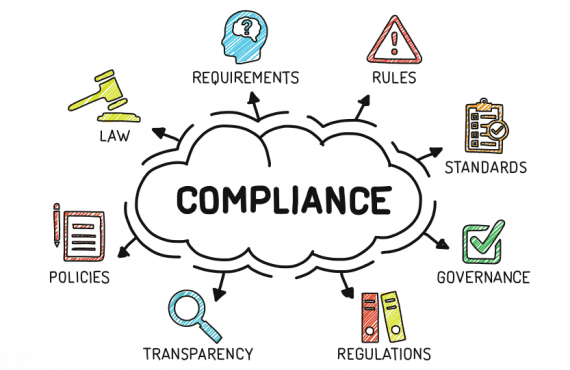By: Jeannine LeCompte, Compliance Research Specialist, Med-Net Compliance, LLC
The destruction wrought by hurricanes Harvey and Irma have drawn into sharp focus the fact that all Medicaid- or Medicare-using long-term care facilities are required by law to have firmly established emergency preparedness plans by November 15, 2017-or face severe financial penalties and even disbarment from the entire Medicaid/Medicare structure.
The Emergency Preparedness Requirements for Medicare and Medicaid Participating Providers and Suppliers Final Rule became effective on November 15, 2016 with an implementation date of November 15, 2017.
As dictated by US Title 42 CFR 483.73 (“Emergency Preparedness”), all facilities must have an emergency preparedness plan that must be reviewed and updated every twelve months at the minimum.
This plan must include a fully-documented facility- and community-based risk assessment. The assessment must follow an “all-hazards approach,” which includes bomb threats, earthquakes, evacuations, hot and cold extreme weather, internal and external fires, floods, hazardous material or waste spills, infectious disease outbreaks, missing residents, shelter preparedness, power outages, and workplace violence.
The plan must provide written and detailed strategies for addressing emergency events under all of these categories.
In addition, it must show in detail how the facility will identify persons at risk, the types of services the facility can provide during an emergency, and how continuity of operations will be maintained, including delegation of authority and succession plans.
It must also include an established process whereby the facility can cooperate and collaborate with local, tribal, regional, State, or Federal emergency preparedness officials’ efforts to maintain an integrated response during a disaster or emergency situation. This must show how the facility will contact such officials and, when applicable, of its participation in collaborative and cooperative planning efforts.
There are a large number of factors to consider in this process, including the supply of provisions for staff and residents, evacuation procedures, the identification and prior arrangement of suitable alternative shelters based on geographic distance, and the ability to track the location of on-duty staff and sheltered residents in the facility’s care during and after an emergency.
It must also include proof of compliance with the protection of resident information privacy regulations, and the ready availability of these records in case of evacuation.
Finally, the facility must develop and maintain an emergency preparedness training and testing program based on its written emergency plan at least once every twelve months. In other words, the emergency plan has to be fully tested in all aspects at least once a year.
For more information regarding this article email info@69.195.86.139.com.






















































